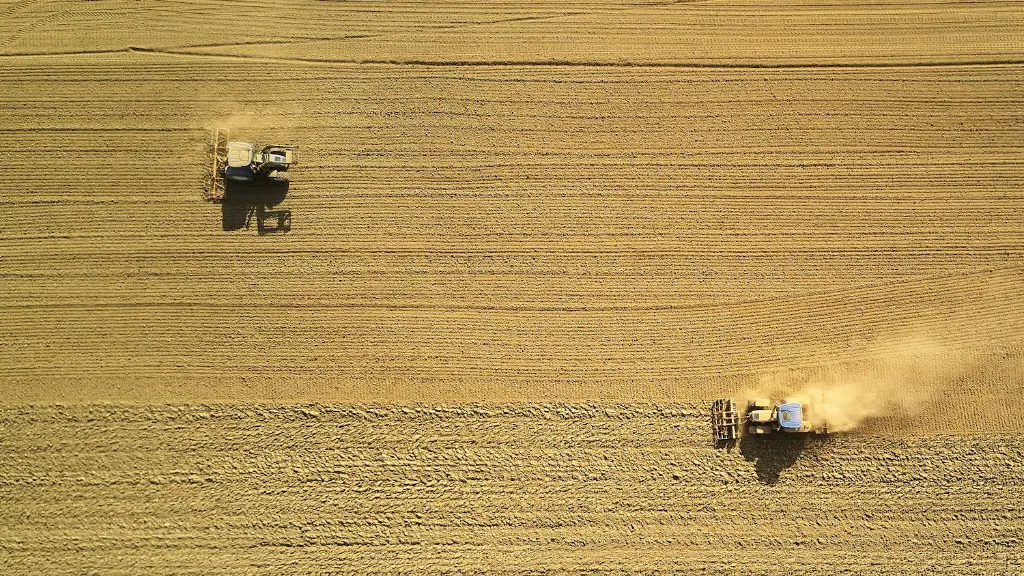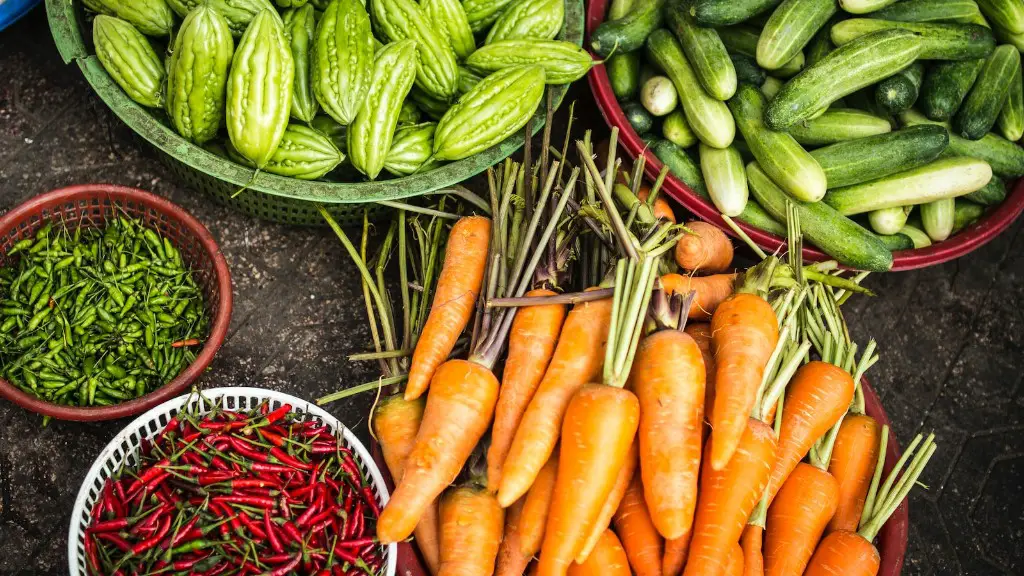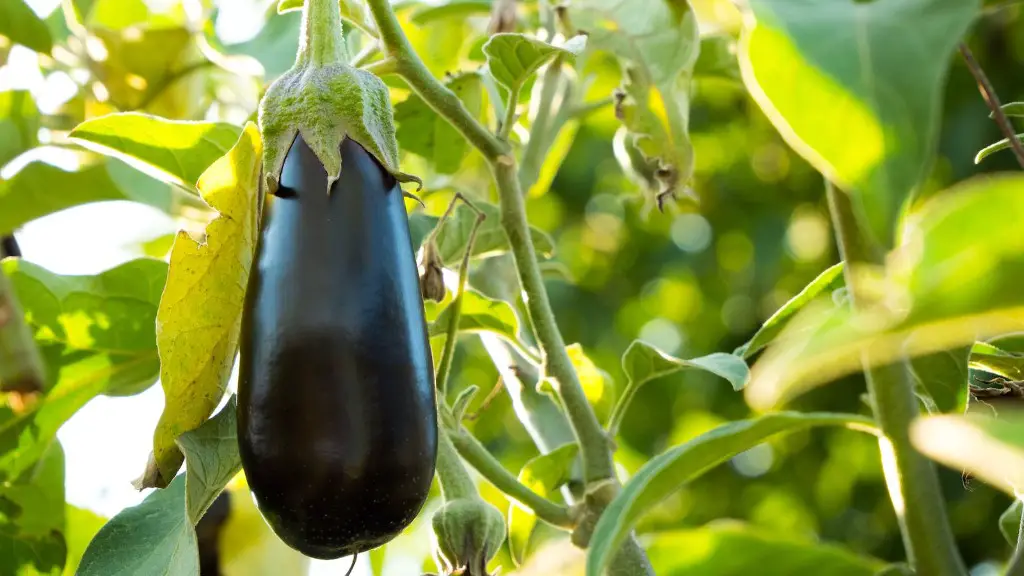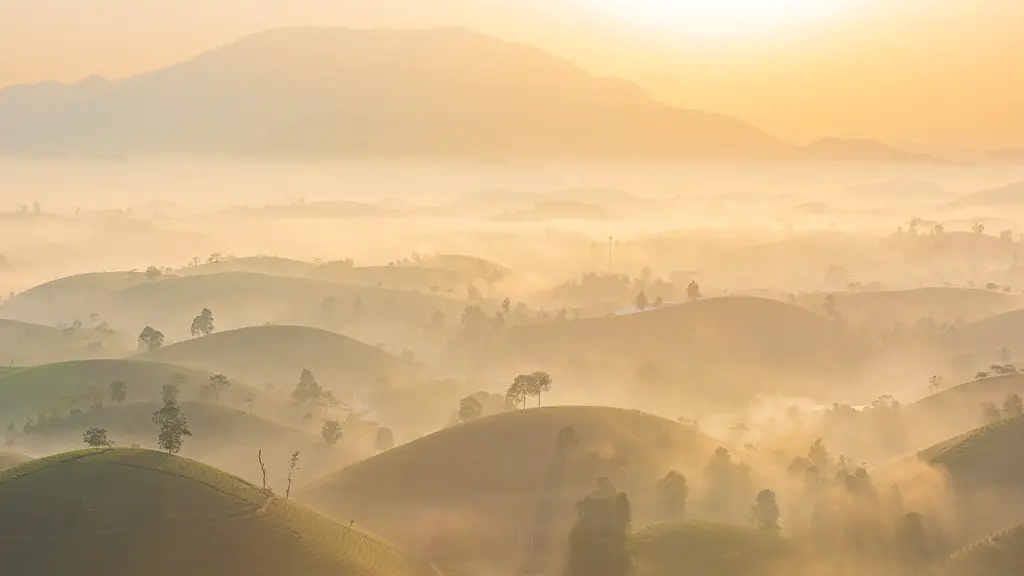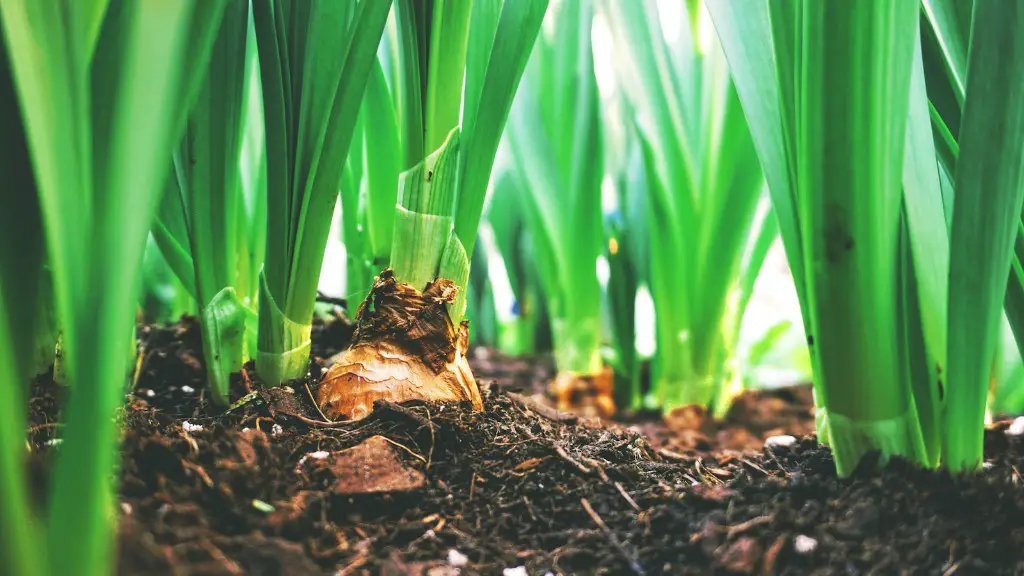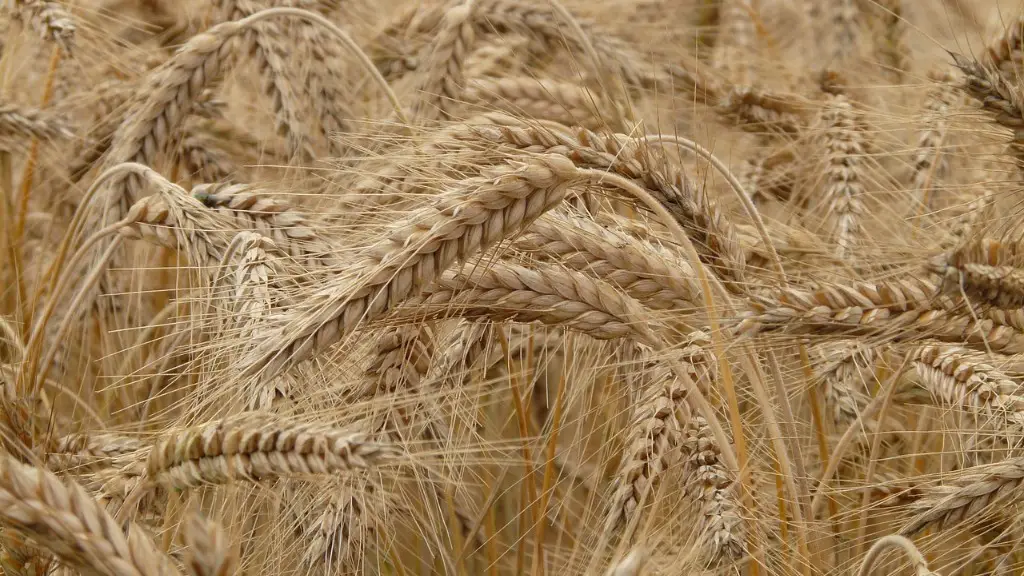Basal dressing is a type of fertilizer application in which nutrients are applied to the base or roots of a plant. This method is used to encourage growth and improve the health of the plant.
In agriculture, basal dressing is the process of applying fertilizer to the roots of crops at the start of the growing season. It is a common practice in many farms and is considered essential for ensuring a healthy and bountiful harvest.
What does basal mean in agriculture?
Foliar fertilizer is applied to the leaves of plants, while basal fertilizer is applied to the roots. Foliar fertilizer is liquid, while basal fertilizer can be solid or powder. Foliar fertilizer is more easily absorbed by plants than basal fertilizer.
The application of chemical fertilizers is a common practice in India in order to supply the necessary nutrients for plant growth. Normally, N, P, and K fertilizers are applied as basal and top dressing. It is generally recommended to apply the full amount of P and half of the N and K as basal at the time of final land preparation.
Why is basal dressing done
Basal dressing is a type of fertilizer application that is done at the base of a plant. This is usually done at the time of planting or transplanting. The purpose of basal dressing is to provide the plant with the nutrients it needs to grow properly. In order to obtain maximum efficiency with basal dressing, it is necessary to use fertilizers that will slowly release nutrients over time. This is because the root system of a plant is not fully developed in the early stages of its life cycle and thus does not need as much fertilizer.
Basal dressing is a method of applying fertilizer to the base of a plant. This is typically done one day before sowing or planting and mixed or drilled in the soil. Top dressing of fertilizer, particularly nitrogenous fertilizers is done 15 to 21 days after sowing/planting.
How do you apply basal fertilizer?
This is a great way to measure out small amounts of fertilizer without having to use any special equipment. Simply use a full but leveled bottle of water or soda cap, and after applying the fertilizer, cover the hole completely with soil. Then, gently place your seed on the soil directly on the covered fertilizer and gently cover your seed with moist soil.
Basal fertilization is a process by which farmers add nutrients to the soil before planting. This practice is used to improve the fertility of the soil and to increase the concentration of mineral elements. Basal fertilization can provide a significant boost to crop yields.
Is DAP a basal fertilizer?
Basal dose is the amount of fertilizer applied to the soil at the beginning of the growing season. It is a critical component of crop production, as it provides the plants with the nutrients they need to grow and develop properly. DAP (diammonium phosphate) is the best suited fertilizer for basal dose, as it provides the plants with both phosphorus and nitrogen. The remaining dosage of nitrogen can be applied through splits of urea at other stages of crop development.
Top dressing is a process of applying a new layer of soil to the surface of your lawn. This can be done for a number of reasons, such as to improve drainage, add nutrients, or level out the lawn. Top dressing is a relatively easy process, but there are a few things you need to keep in mind to get the best results.
Firstly, make sure you fertilise a few weeks prior to top dressing to aid in getting maximum growth. When you are ready to top dress, spread a thin layer of soil evenly over the lawn. You can then use a rake to level out the surface. Water the lawn well after top dressing to help the new soil settle.
What are the five methods of basal fertilizer application
Injection is a fertilizer placement method where the fertilizer is injected below the soil surface. This method is considered to be more efficient than surface broadcast because it minimizes losses due to leaching, evaporation, and rainfall. Injection also placement the fertilizer in a more concentrated band, which can improve plant uptake. However, injection is more expensive than surface broadcast and requires specialized equipment.
Surface broadcast is a fertilizer placement method where the fertilizer is applied to the soil surface and then incorporated into the soil. This method is less expensive than injection, but it is also less efficient because losses can occur due to leaching, evaporation, and rainfall.
Broadcast incorporated is a fertilizer placement method where the fertilizer is applied to the soil surface and then incorporated into the soil using a tiller or other type of equipment. This method is less expensive than injection and can be more efficient because the fertilizer is placed in a more concentrated band. However, losses can still occur due to leaching, evaporation, and rainfall.
Band application is a fertilizer placement method where the fertilizer is applied in a band to the side of the row of plants. This method is more efficient than surface broadcast because it minimizes losses due to leaching, ev
Basal fertilisers are usually nitrogen-rich and are used to encourage lush growth. They are often applied before crops are planted, in order to give the plants a good head start. While they are beneficial, it’s important to use them sparingly, as they can lead to nutrient imbalances and encourage weed growth.
How many bags of fertilizer do I need for 1 acre?
To figure out how much fertilizer is needed per acre, multiply the amount of fertilizer needed per 1000 sq ft by 43,560. Then, divide that number by 1000. For example, if you need 47 lb of fertilizer per 1000 sq ft, you would need 205 lb of fertilizer per acre.
Urea is a nitrogen-rich compound that can be used as a fertilizer. If a farmer wants to apply 140 pounds of nitrogen per acre, they would need to use 304 pounds of urea per acre. Urea is an effective fertilizer, but it is important to follow the recommended application rate to avoid damaging the crops.
What is top dressing in agriculture
Top dressing is a method of applying fertilizers, usually nitrogenous fertilizers, to crops like wheat and paddy. The objective of top dressing is to supply nitrogen to growing plants in a readily available form. Top dressing is usually done in the early stages of plant growth, when the plants are most active in taking up nutrients.
Top dressing with rotted or composted manure is an excellent way to improve the health of your plants. The manure will help to improve the drainage and aeration of the soil, as well as add important nutrients that will help your plants to grow and thrive.
What does top dressing soil mean?
Topdressing is an important step in lawn care as it helps to amend the soil and keep the lawn looking healthy. It is best to topdress in early spring or fall when the weather is cool and the grass is growing slowly.
Fertilizers are important for helping plants grow and develop. However, it is important to use the right type of fertilizer and to apply it at the right time.
For best results, mix fertilizer into the upper portion of the soil just before planting. If plants or crops have already started developing, you can sprinkle the right type of fertilizer in moderate amounts around the base and over the soil.
Warp Up
Basal dressing is applying a layer of fertilizer to the base of a plant. This is typically done around the time of planting in order to give the plant a head start in growth.
Basal dressing is the process of applying fertilizer to the base of a plant. This is typically done to young plants in order to encourage growth. Basal dressing is an important part of agricultural production and can help to ensure a healthy crop.
